You are here
Photo Tale of Myra's Adventures in Mexico
Saludos from the (currently) hot dry and dusty municipio of Cosolapa, Oaxaca!
Well, after many promises of soon, sooner, and still later, more soons, too many to count; no doubt you've either forgotten me entirely, or, more likely, wondered what the translation of 'soon' might be here, in real time, that is....anyway, I now boast many photos, and they are even downloaded onto my computer and organized into folders by subject, so that I can choose and send them as attachments, hurrah!
Laugh at me if you will, I confess to not coming along willingly into this computerized world we might imagine we live in. Doing this sort of thing is a new departure for me, while it's probably old hat to most everyone else receiving this message!
The reason this has taken me so long is that my life has been overwhelmingly busy, and in some ways more difficult than in the USA. It takes a great lot of energy just to do everything I MUST do, let alone everything I WANT to do! And I'm still not settled into a pattern that works well for me: from September up until Christmas vacation, I was teaching English a volunteer basis, three days a week in the secondary school, plus part of that time in the primary school as well. My intention was to gain experience, without the pressure to be an excellent teacher that I would feel were I being paid. And I feel that this goal has been achieved--I am now much more confident about what and how to teach. But financially I can't keep on volunteering. And it seems the schools will not be able to pay me adequately. So, I've decided to just post my shingle and take private students. It makes me sad to abandon the school kids, I really enjoyed being with them, and I feel like a traitor, but I have to make my life work.
Well then, let me show you where I live.
My house is a two-story cabin, set into a steep slope that faces north and west, and built mostly of native woods of various kinds, with plenty of concrete for the foundation, floors, and some of the walls (There will be more about wood and concrete in future postings). Most of the roof is corrugated sheet metal; there's still a part of the roof made of heavy corrugated cardboard impregnated with what appears to be some sort of asphalt, but this part is less durable and will need to be replaced fairly soon, as it tends to attract mice, and the mice make holes in it. Almost all the wood is from trees grown in the nearby mountains, which my friends cut down with big chain saws. They also use chain saws to "mill" the lumber (into the various sizes required for the construction) right there where the tree fell. Burros and mules haul the boards down the steep rocky paths into town.
No Home Depot here, no sirree! But we get to choose from among so many different interesting kinds of wood, each with its own special qualities. And nothing is wasted. We can use everything from the biggest beams to the shavings and sawdust.
Although originally it was intended that the bedrooms be on the second floor, I quickly decided I would sleep downstairs, because with the corrugated metal roof and no insulation, the upstairs gets mighty hot in warm weather, which is most of the time. So the first floor contains my kitchen, bathing room, and bedroom.
Upstairs, one room serves for tool storage, one has a closet of big shelves, one is empty awaiting construction of another closet, and the fourth is full of stuff I brought with me from the States that I still don't know where to put (I brought way too much stuff; I knew it, but couldn't make myself part with it; it might be useful to someone someday, you know!), so it sits there accumulating the abundant dust endemic to the region.
There is no glass in any of the windows to keep the dust out. Anyway, the plan is, as soon as possible, to make the three rooms (that are currently doing basically nothing) into little bedrooms for guests to stay in. And if it's too hot and someone wants to sleep downstairs or on the porch, that's fine, I can go sleep upstairs if necessary, or on the porch.
When I arrived, there was no porch. My friends built it in October and/or November, if I remember correctly, and it is beautiful, looking out over the hillside toward the mountains!
It even has three beds for the doggies. And it has a composting toilet built in, which is functioning most excellently well. We're going to remove the old ceramic water toilet inside the house and turn that little room into a small pantry, as it's close to the kitchen.
On a small length of the porch railing hangs a planter box with 15 citlali, the native wild tomatoes that produce tiny currant-type tomatoes with intense flavor. Well, I hope my plants produce well...they are growing nicely but haven't begun to flower yet. Eventually I hope to put more planter boxes all along the porch railing. It's nice not to have to worry about anything freezing!
The patio on the west side of the house adjoins the porch. On the patio I have my clothes lines set up, and an outdoor wood stove is being built along the lines of a Lorena (contraction of 'lodo' [mud] and 'arena' [sand] stove. This stove is still in the experimental phase and we haven't cooked on it yet. The patio is also where most of the concrete has been mixed (there's no premixed concrete here, you have to buy the cement, the gravel, and the sand, and mix it yourself--but this gives you more options as to how you want to mix it), and we store a lot of wood scraps that eventually will be used for something.
Because the house originally lacked running water, places where water is used are not in the same place as the cooking and eating part of the kitchen. Now, with the installation of a water tank on a high platform on the east side of the house, I do have running water. With the composting toilet, there's no need for water to flush the toilet, but I do have running water in the bathroom (which is now solely for bathing) and in a little semi-outdoor room between my bedroom and the porch. In this small room is a concrete sink and dish draining area, and a concrete laundry sink. On the concrete rim between the dish washing sink and the laundry sink, my friends installed my nifty 'Dyna-Jet' manual roller-wringer, which I purchased before leaving the States as I knew I'd be hand washing here and would find it excessively laborious to have to wring out everything by hand.
With the Dyna-Jet, washing still takes a lot of time (because each item requires individual attention), but at least it doesn't leave ME feeling totally wrung-out!
Some people here do have washing machines, but many of them have no extraction or rinse cycles. Using these machines is almost as laborious as washing by hand, because you have to remove the clothes and wring them out by hand several times to adequately rinse them and squeeze out enough water so that they can be hung out to dry. And there are big heavy items, such as blankets, big sizes of blue jeans, etc, that are soooo heavy when wet that it's almost impossible to squeeze them out by hand. Somehow you just have to throw them up on the clothes line or fence or wherever you dry clothes, and let them drip dry. This works OK in warm dry weather, but during the rainy season, it's often difficult to dry clothes. Well, with the Dyna-Jet, I can squeeze most of the water out of almost anything made of cloth, and then the drying goes much quicker. It amazes me that such a simple technology is not more widespread; no doubt if the women here knew of it, they would want a Dyna-Jet (or locally-made replica thereof) for themselves! Certainly it is much less expensive than a washing machine.
When I first arrived, my friends brought me their old soft-drink cooler to use as a refrigerator. I used it for several months, but it soon became clear to me that I wasn't going to be happy with it in the long run. It was terribly noisy, which freaked out my dog Maggie completely and often made it hard for me to go to sleep. Plus, it froze half the food I put in it, and with its chest freezer shape, made it very difficult to find the items stored inside it. So it was a great relief to finally get a real refrigerator!
I cook on a little two-burner gas stove. The gas comes in tall metal cylinders, and so far I'm only on my second cylinder, even though I do quite a bit of cooking, because besides feeding myself, I cook for the three dogs, and heat water for bathing.
For the first three months, the bathing room did triple duty. The laundry sink was in there, and in it I washed dishes (and washed clothes at my neighbor's house). There was also a 55- gallon drum for holding water. Every day except Sunday (and days when there was some kind of problem with the village pump or the electric service), water was available for a few hours through a hose from the nearby community water tank; I had to ask my neighbor to untie the kink in her hose, unwind my hose and put one end in the drum and give my neighbor the other end so she could attach it to her hose, and then I would fill up the water barrel in the bathroom and the other one in the toilet room (because flushing is accomplished by dumping a bucketful of water into the toilet---toilets with flush mechanisms are rare here). This was sort of a hassle, and made it difficult to leave home. If I were not at home when the water flowed, I couldn't fill up the water barrels. So the installation of the water tank and plumbing is a real blessing, even though it doesn't include a water heater and even thought the shower head doesn't work very well. During this part of the year, I'm bathing with water heated on the stove, but when the weather gets really hot again, I'll go back to cold water bathing--so if I can get the shower head to work, that would be nice. But it isn't essential; the standard bathing technique here is splashing water on yourself, lathering up with soap, and rinsing off by dumping more water all over yourself. It's actually very enjoyable to bath this way.
Well, I hope you had fun touring my cabin. By local standards at least, it's quite luxurious!
Subjects to come include local scenery, crops and wild plants, animals, festivals and parties, food, children, and work. No doubt I'll think of others as time goes on. Please feel free to suggest a topic and I'll see what I can do!
Best wishes,
Myra
Related Post:
Join more than 80,000 readers worldwide who receive Dr. Ben Kim's free newsletter
Receive simple suggestions to measurably improve your health and mobility, plus alerts on specials and giveaways at our catalogue
Please Rate This
Highest RatedNo articles have been rated for usefulness recently, please check later. | Related Posts | ||







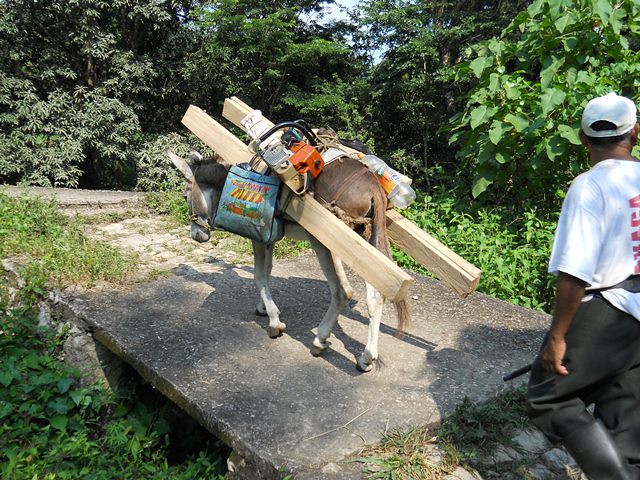
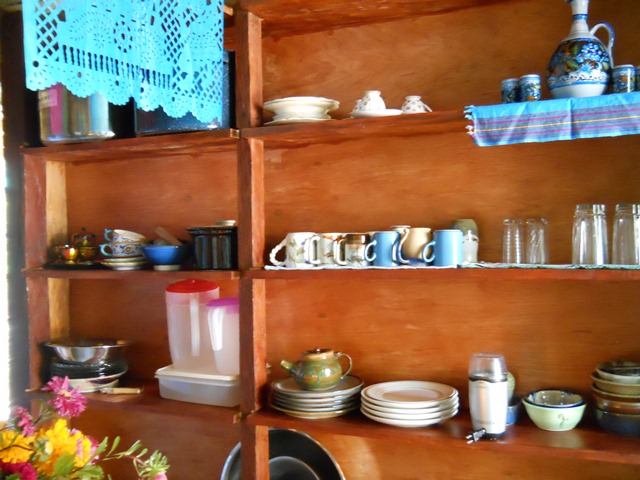
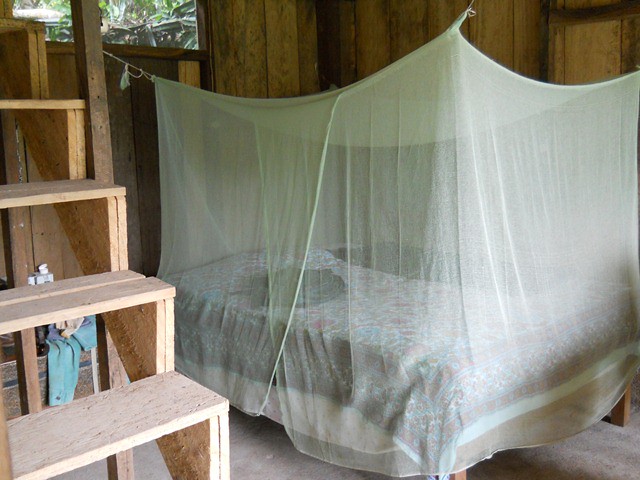
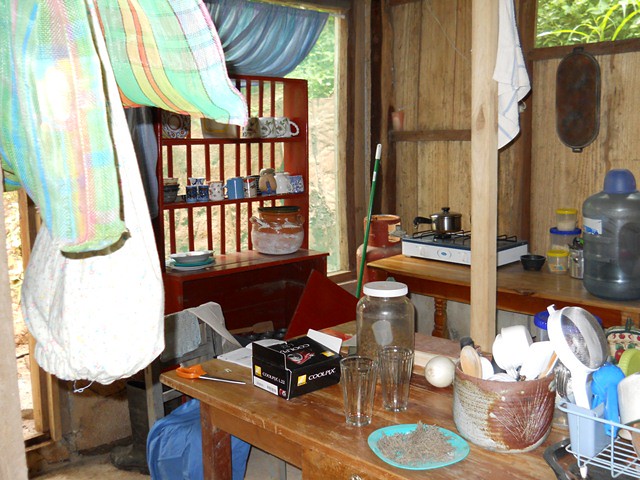
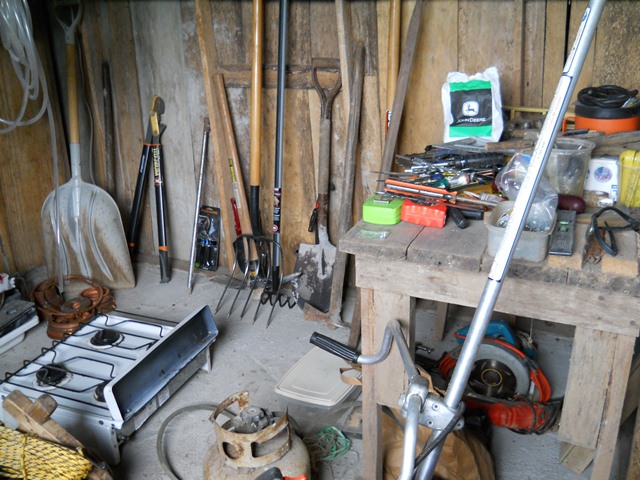
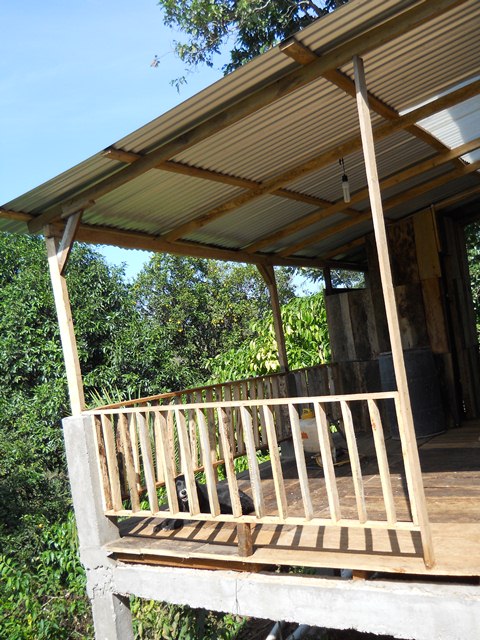
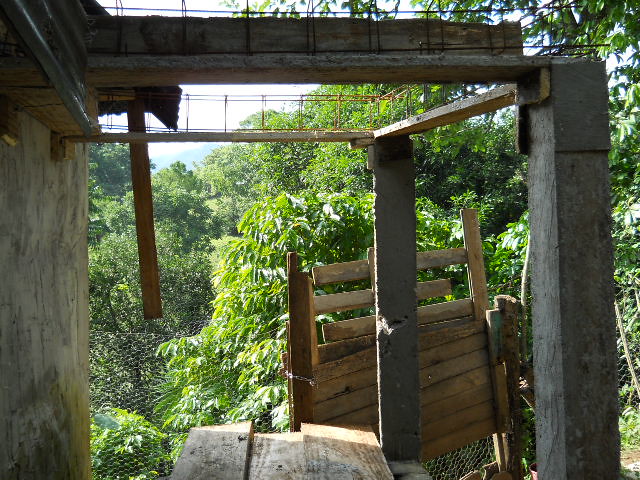
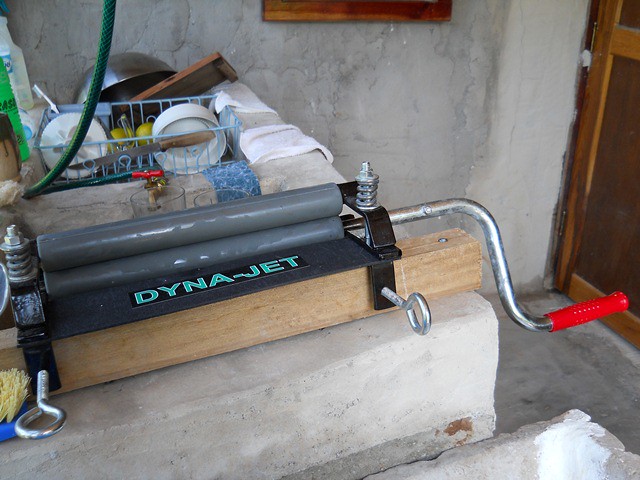




Comments
English teaching
Hi, Myra, I had the luck to live in Mexico for about 6 years, working as a musician, and made some of my life's dearest friends. I wish you luck with your teaching project! I've also taught a lot of ESL, mainly in France, and I thought you might appreciate this resource: http://www.marks-english-school.com/games.html You'll need a printer, but if you plan ahead you can make yourself a stock of useful stuff to use over and over.
You know, you might do well to continue to volunteer but on a more limited basis, while waiting for the paying customers. Continuing to be present in the school, even if once a week, might bring you contacts that you can use. And it never hurts to keep building your experience!
Best wishes, Janet
Your Homelife in Mexico
Hi Myra,
I just finished reading your posting about your experience living in Mexico....photos of your home etc. I am originally from India and this brought back a lot of memories of my growing up years! A lot of similarities in everyday living challenges and at the same time the simplicity and joy of being close to nature. Thank you and i am really looking forward to your next posting:))
Regards,
Amita
Superbly interesting
I really LOVED this article! This is something in my aspirations I would love to do. Even as what we take for granted as simple tasks become much more difficult, it seems to make a person appreciate them even more. I appreciate the food I grow in my garden much more than that I buy at the store. Although I will probably never have the gumption to do something like Myra, I truly appreciate the people like her who are so giving and see the real importance in life.
re heating of water
I live in South Australia, the driest state in the driest continent. I read your "diary" on moving into Mexico, and the fact that you had to heat water for a bath, reminded me that many years ago my wife and I visited a remote property, where the owner had placed a bathtub outside of the house, surrounded it with large stones and built a shelter around it and over the top with (at that time was appropriate) clear fibreglass sheeting. that afternoon we wondered around the house property and found one of the dwellers enjoying a warm bath. during the day the sun heats the water in the tub sufficiently to be able to enjoy a warm bath, the rock around the bathtub were also warm from the sun, all in all a very enjoyable activity. of course you must fill the bath with water in the morning and let the sun do its thing during the day. another local trick is a solar shower, a black poly bag filled with water, hang it in the sun, it has a small shower head built into it, and it will get very hot by the end of the day. hope this will help.